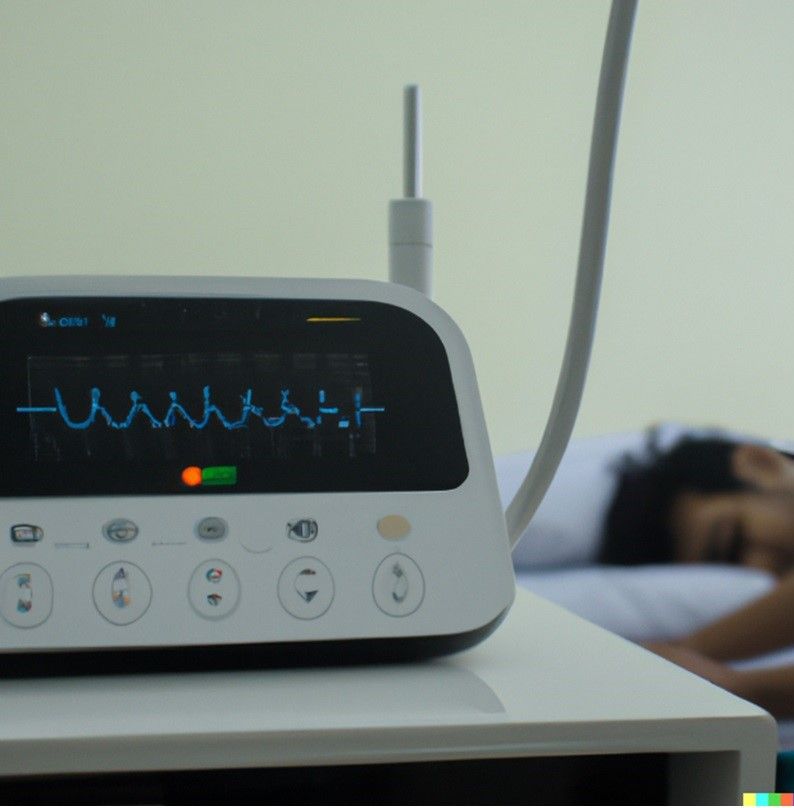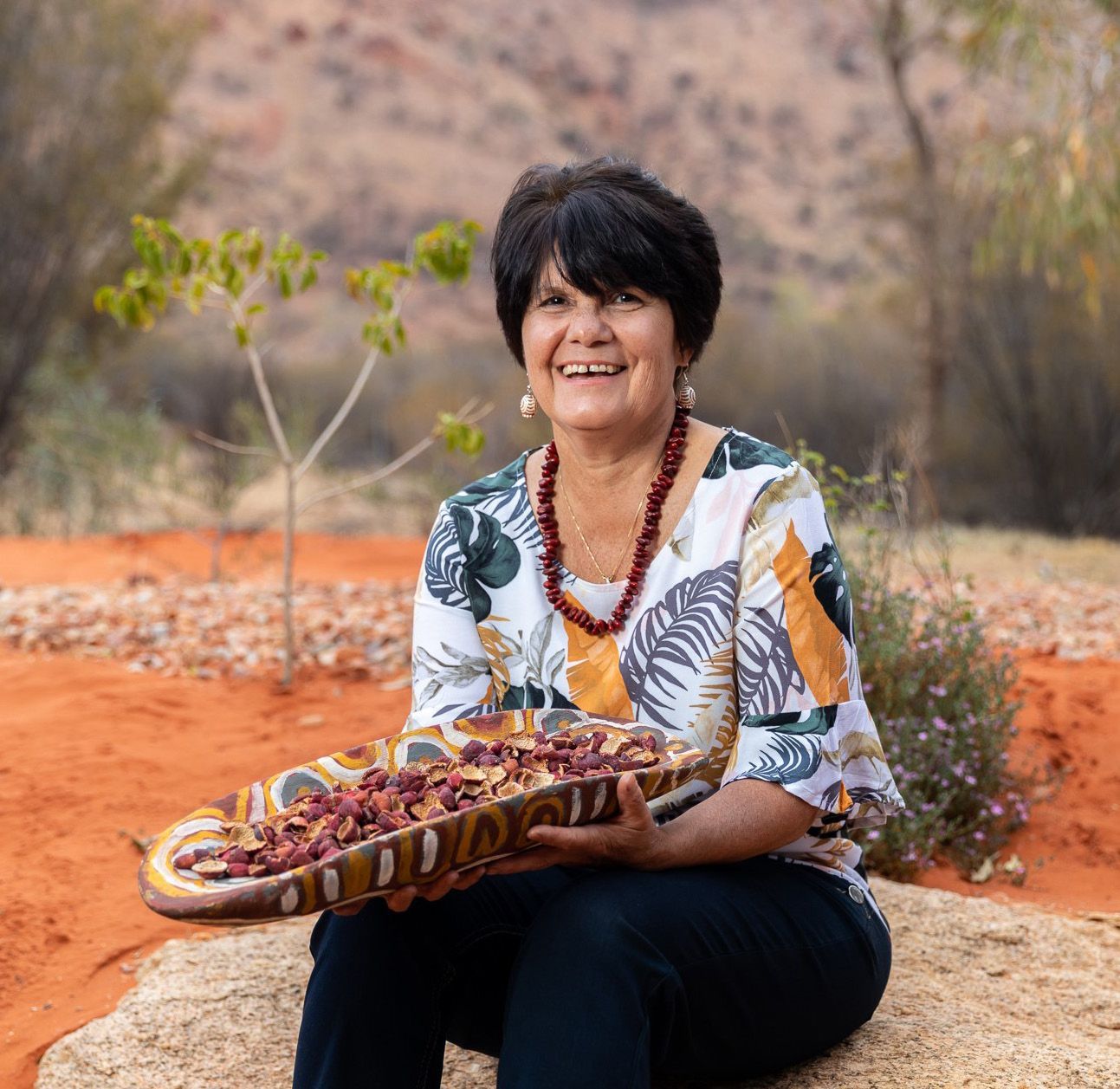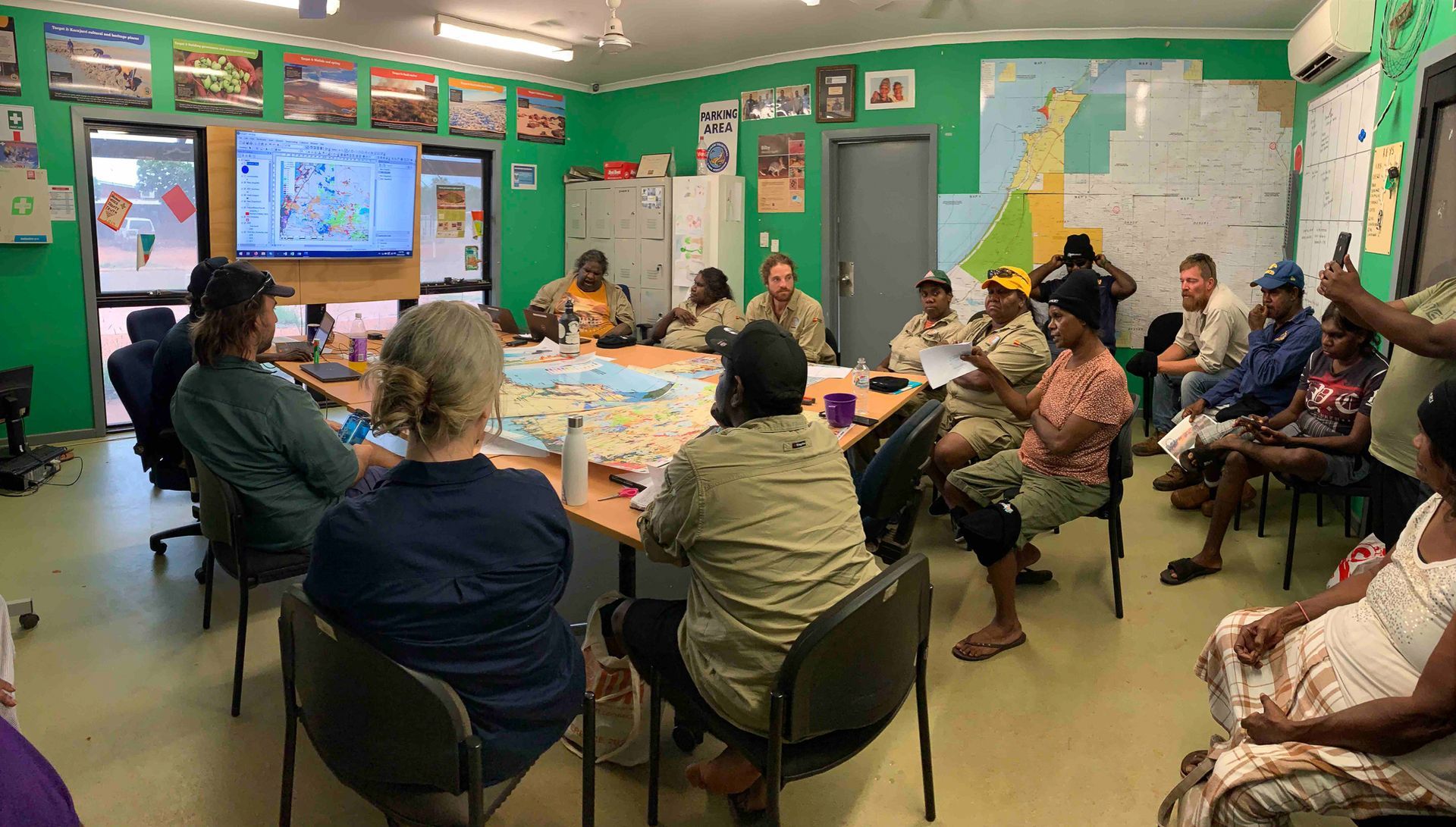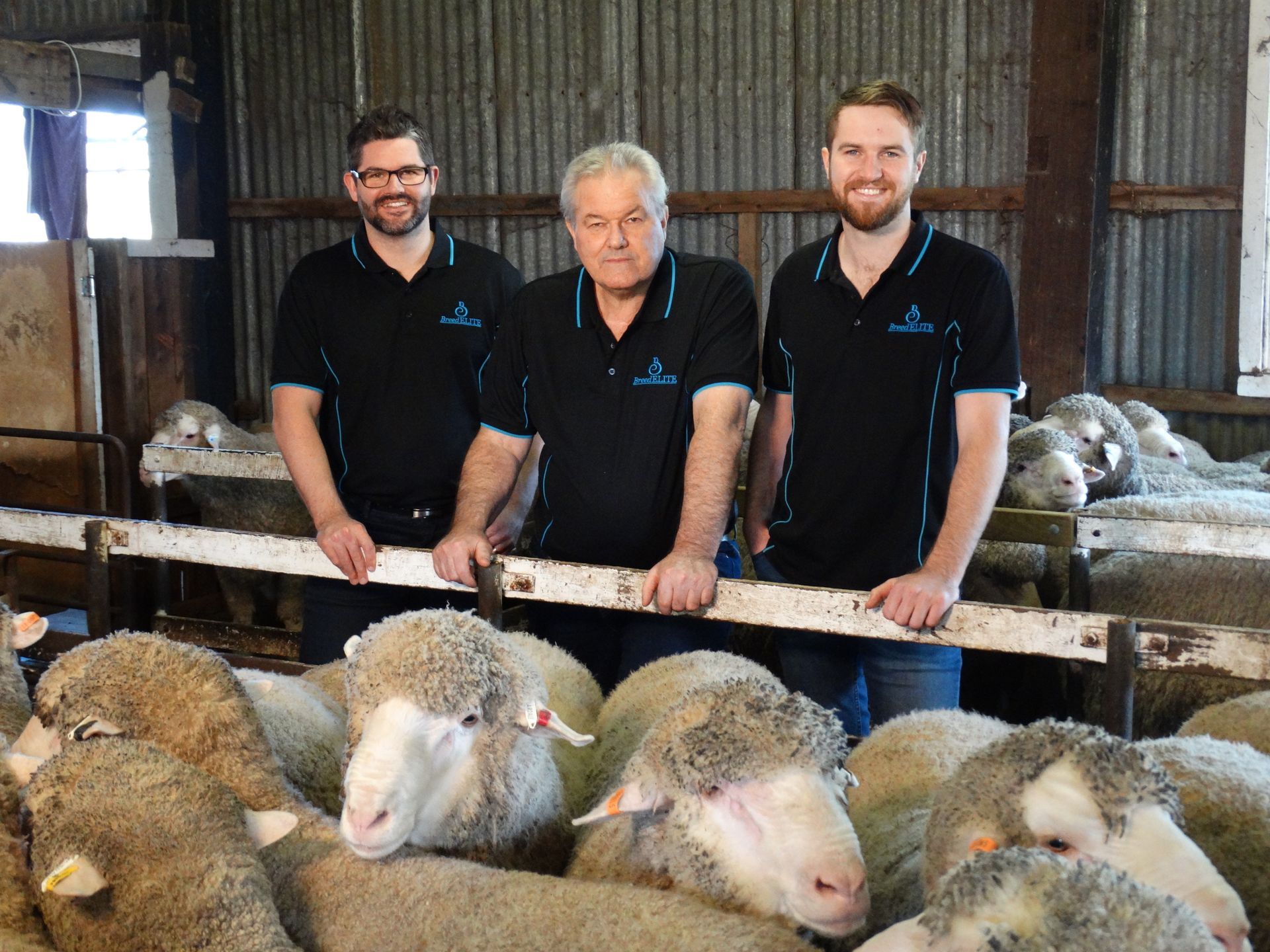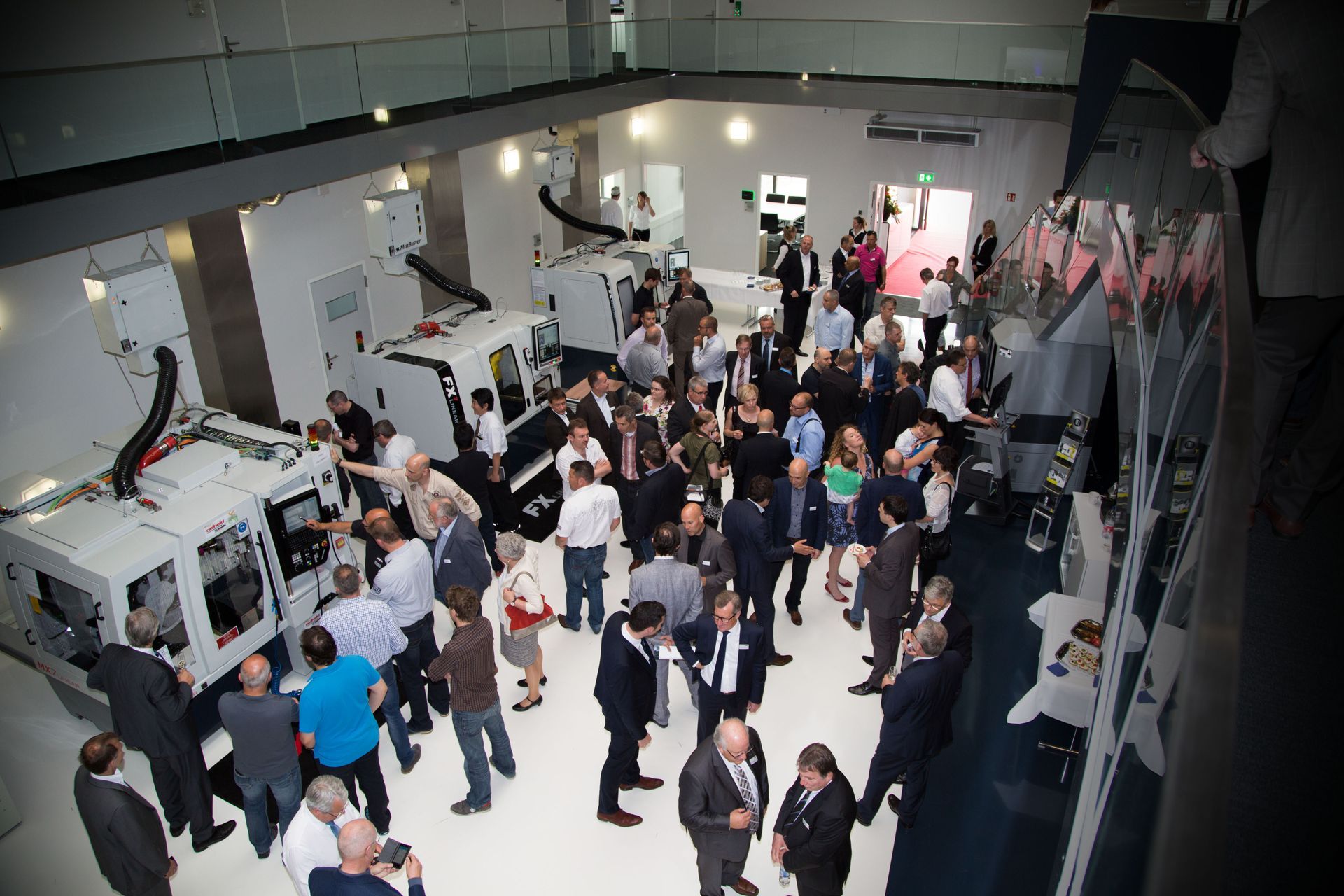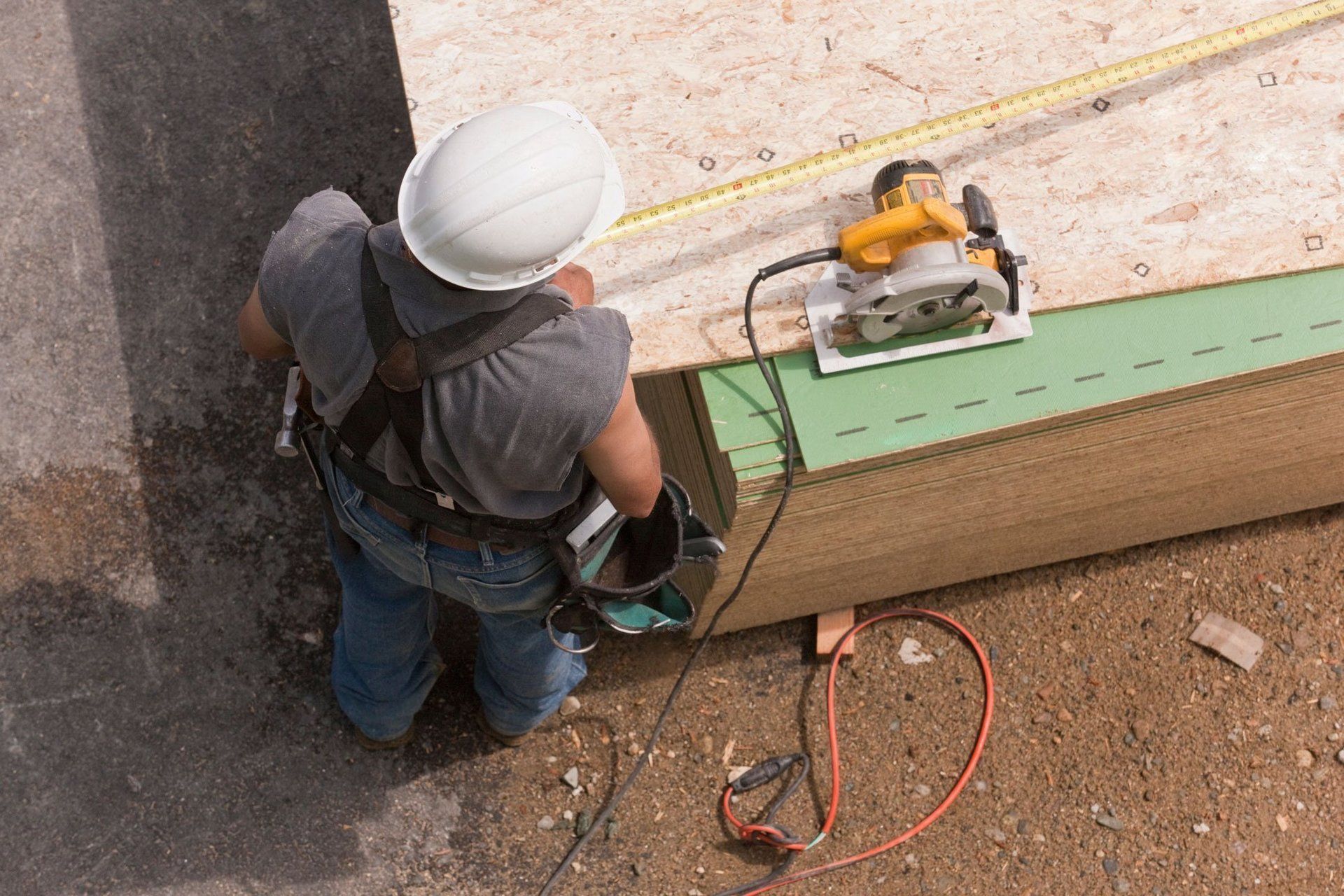Kheang Khauv is Managing Director of 1MILLIKELVIN – an Australian imaging technology startup at the forefront of advanced stress sensing.
Groundbreaking new testing capability for military and civil aviation industries and beyond.
Australian imaging technology startup 1MILLIKELVIN is set to provide new insights into aircraft stress.

With all the interest in national defence recently, new home-grown technology could help support Australian aircraft. The LTS-640V is a digital imaging machine little bigger than a DSLR camera that provides real time imagery that helps quantify material stress and detect fatigue cracks that could prove dangerous if unchecked.
The only way to do this previously was to bond strain gauges in isolated spots on an aircraft, which raises a chicken-and-egg situation: you need to know where the critical areas are to know where to bond these gauges.
The LTS-640V is designed to be used during the certification stage before an aircraft is approved for commercial or military use. The capability it provides will allow for a potentially more streamlined certification process and should help eliminate some of the surprises that can occur during testing of a new aircraft structure.
The technology was developed in collaboration with scientists at the Australian Department of Defence where a prototype of this technology has helped support sustainment of the F/A-18 Classic Hornet, and more recently provided Lockheed Martin Aeronautics with valuable new information during structural certification testing of the F-35 Joint Strike Fighter.
The Australian invention is the first of its kind, providing real time fusion of stress and visible spectrum imaging - in effect merging the visible with the invisible.
What makes the system unique is the type of thermal imaging sensor at the heart of the LTS-640V. In order to “see stress”, the LTS-640V had to be capable of detecting minute temperature variations of around 1 millikelvin (hence the name), a level no thermal imaging sensor is capable of.
Rather than taking the obvious path of selecting the most sensitive, and therefore expensive and complex, sensor available, 1MILLIKELVIN did the opposite, selecting, as a starting point, the most compact, cost-effective and easy-to-operate sensor.
This approach came with a serious challenge though, as these sensors are much ‘noisier’. However, using a combination of advanced image processing and clever data capture and synchronization, the team at 1MILLIKELVIN were able to overcome this noise and other shortfalls, leading to a remarkably sensitive technology. Such an unconventional approach has driven down production costs and enabled 1MILLIKELVIN to invest more in the device’s intellectual property, resulting in a system which is far more cost-effective, robust, and better suited to a real-world fatigue testing environment.
“This inspection approach is based on the ‘thermoelastic effect’; put simply, when you squash something it heats up, when you stretch something it cools down,” said a spokesperson for Defence. “Think of magic spray which is often used to treat sports injuries – it’s the stretching or expansion of the gas as it leaves the aerosol can that provides the cooling effect.”
“Unlike magic spray however, the temperature changes we’re dealing with are tiny, thousandths of a degree, but we can still detect them, and quite easily using the advanced algorithms at the core of this technology.”
This capability has a significant role to play in helping aircraft designers and operators better understand how an airframe performs under load.
“The technology can improve our ability to quantify stresses, particularly in structurally critical areas where traditional technologies have very limited capability,” said a Defence spokesperson.
“We are also looking to help streamline and improve structural validation processes across the global defence and aeronautics industries. This technology has been used to support the Classic Hornet and has demonstrated in the F-35 full scale durability test program how it can improve the way designers validate modelling of complex airframe components.”
“We are proud our advanced technology is making a contribution to our Defence capability. And the applications of this extend well beyond aviation, with potential customers in the 3D printing and civil engineering industries both at home here in Australia and around the world.”
With $275,000 of grant funding, the design team at 1MILLIKELVIN has transformed this groundbreaking capability into a robust commercial product.
Total grants received so far include $75,000 from the Victorian government (Boost your business program), $150,000 from the Advanced Manufacturing Growth Centre and $50,000 from the Defence Science Institute, which is part of the Australian Defence Science and Universities Network (ADSUN) | DST.




